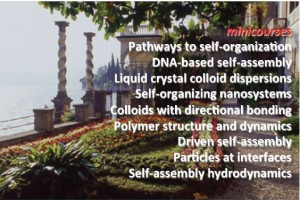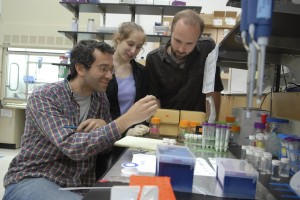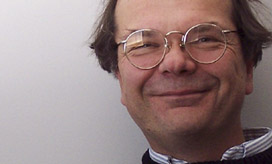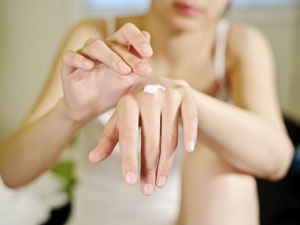Already used in everything from paints to optical materials, colloids have found an entirely new application: as computing elements capable of high density information storage.
US collaborators Sharon Glotzer from University of Michigan and David Pine from New York University have designed a system of reconfigurable colloidal clusters which show potential for performing computational functions in unconventional environments. The team’s ‘digital colloids’ are based on specially designed dimpled particles, which, through entropic interactions, can be made to assemble onto a central sphere and explore various configurations on the sphere’s surface.
To read the full article please visit Chemistry World.















 Paul Janmey
Paul Janmey